
There are many films that have risen to infamy over the last eighteen years; some of them are fantastic, and some of them are downright terrible. This list will attempt to address numerous examples that aren’t discussed so often.
It would be easy to include films like Lars Von Trier’s Antichrist, or Gaspar Noe’s Irreversible, but these films are mentioned so often that it seemed like a sensible idea to note some that perhaps aren’t so frequently debated.
The chosen films can all be considered infamous in different ways, for example their explicit nature, their disregard for genre convention, their ideology, or even their overall quality. This piece is in no way attempting to confirm that these are the most infamous of the century – however, they are ten interesting examples.
10. Where the Dead Go to Die (Jimmy ScreamerClauz, 2012)
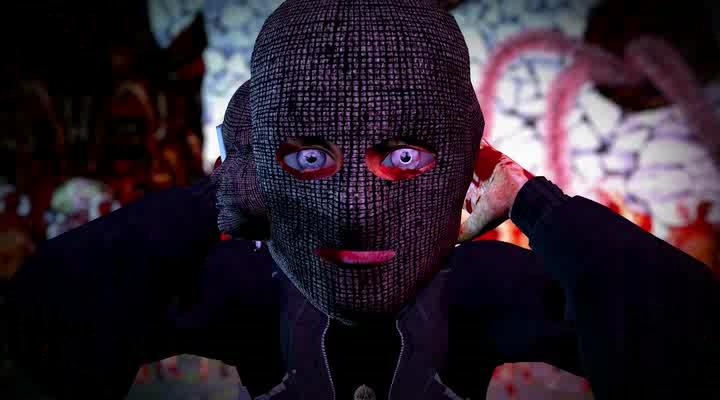
Any filmmaker working under the name of Jimmy ScreamerClauz is quite clearly pre-establishing their audiences’ expectations; ridiculous, overblown and childishly imaginative, and Where the Dead go to Die is just that, perhaps a little more.
The film originally employed a laugh-track because the director believed he was making a comedy, but then he decided against it. The film has genuinely disturbed some, and has had others in fits of laughter, adopted by stoners and cultists alike.
Made using the Cinema 4D programme, this animated film tells the story of a group of children who are being haunted by a sinister dog called Labby. He takes the children on a series of nightmarishly surreal journeys – searching for meaning is unnecessary, as the director himself has stated that the imagery he employs is not meant to draw connotations, and is on-screen simply because he liked it.
The animation is hideous to say the least, but bizarrely compliments the twisted and gruesome narrative. It feels like a bad trip, and it comes as no surprise that it’s unhinged tone and visuals have unsettled numerous viewers. While none of the content is particularly interesting, it does admittedly feel very original and unique in its approach to delivering the most deranged cartoon for adults to watch in disbelief.
Over the years, Where the Dead go to Die has achieved a degree of notoriety, noted as an animated film that is impossible to recommend but one that you simply feel you have to mention you’ve seen.
Some regard it as sick and cruel, while others consider it to be a laughing matter – a brash comical joke. No matter your opinion, some of the more problematic imagery it conjures is pretty difficult to shrug off, and while most fail to conform to ScreamerClauz’s sense of humour, or his visual concepts, it has achieved significant attention in the circles he surely intended it to reach.
9. 31 (Rob Zombie, 2016)
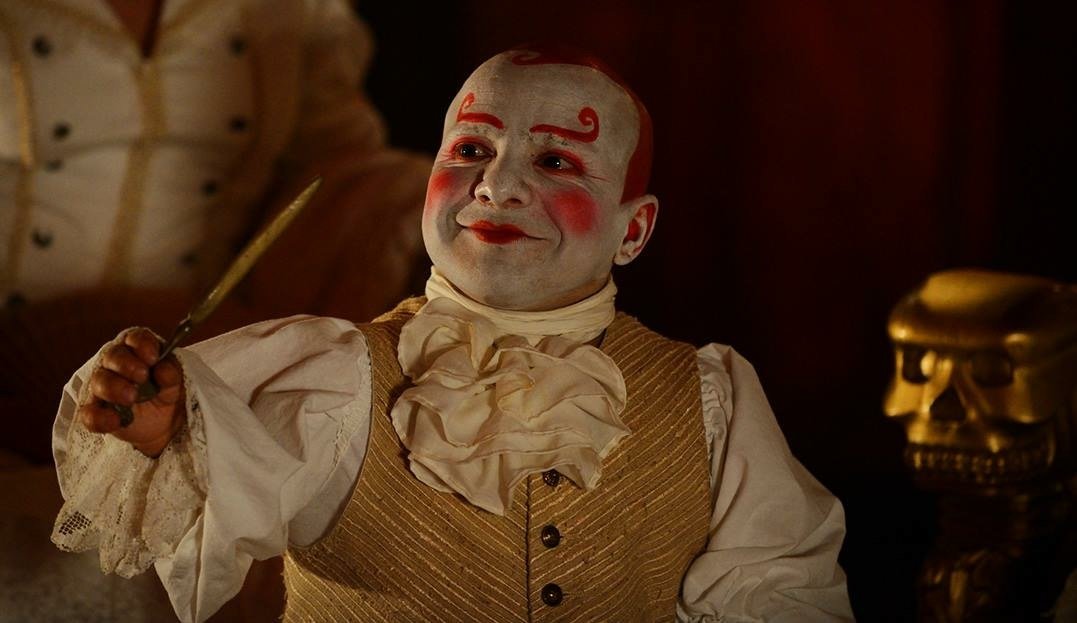
Musician and filmmaker Rob Zombie has polarised genre fans for many years now, and more often than not, many of his devoted followers were fans of his music long before he began directing feature-films.
This isn’t the case for all of his admirers – obviously – yet it would appear that many who had a vested interest in his music career before House of 1000 Corpses made up the majority of those defending 31; a film so dull and devoid of creativity that it somehow, almost, managed to be as tedious as his 2009 Halloween sequel.
Zombie throws into the narrative a group of trashy and uninteresting carnival workers who are abducted and dropped into a warehouse, the location for a game known as 31: survive the next twelve hours, and you are free to leave. Rather, it seems that the audience are also participants of a gruelling task, as Zombie is also daring us to survive the next hour and a half – not out of fear, but out of boredom.
When the film was announced, the director promised fans that this would be his sickest and goriest film to date, and one only has to look at almost any other gore directors’ work to realise that Zombie is delusional if he believes he is pushing any boundaries at all. His films aren’t half as twisted or bloody as he thinks they are, and without that appeal they really have little going for them.
The reason that 31 can be considered infamous is because, like many that enjoyed the music-video aesthetic of House of 1000 Corpses, or could understand what he was attempting with his first Halloween instalment despite knowing that it didn’t entirely work, this film was the moment that the ceiling finally collapsed on yet another fanboy filmmaker. This 2016 effort felt like the work of someone who undoubtedly knew horror films, yet who themselves had not one shred of originality or vision; swapping substance for his adoring sub-cultures next Halloween costume ideas.
Richard Brake gives a promising performance, but that’s all this really has to offer. Many will remember 31 as the last time they gave Rob Zombie one chance too many. The fact that he has ran back to existing characters with the announcement of 3 From Hell comes as no surprise.
8. The Act of Killing (Joshua Oppenheimer, 2012)
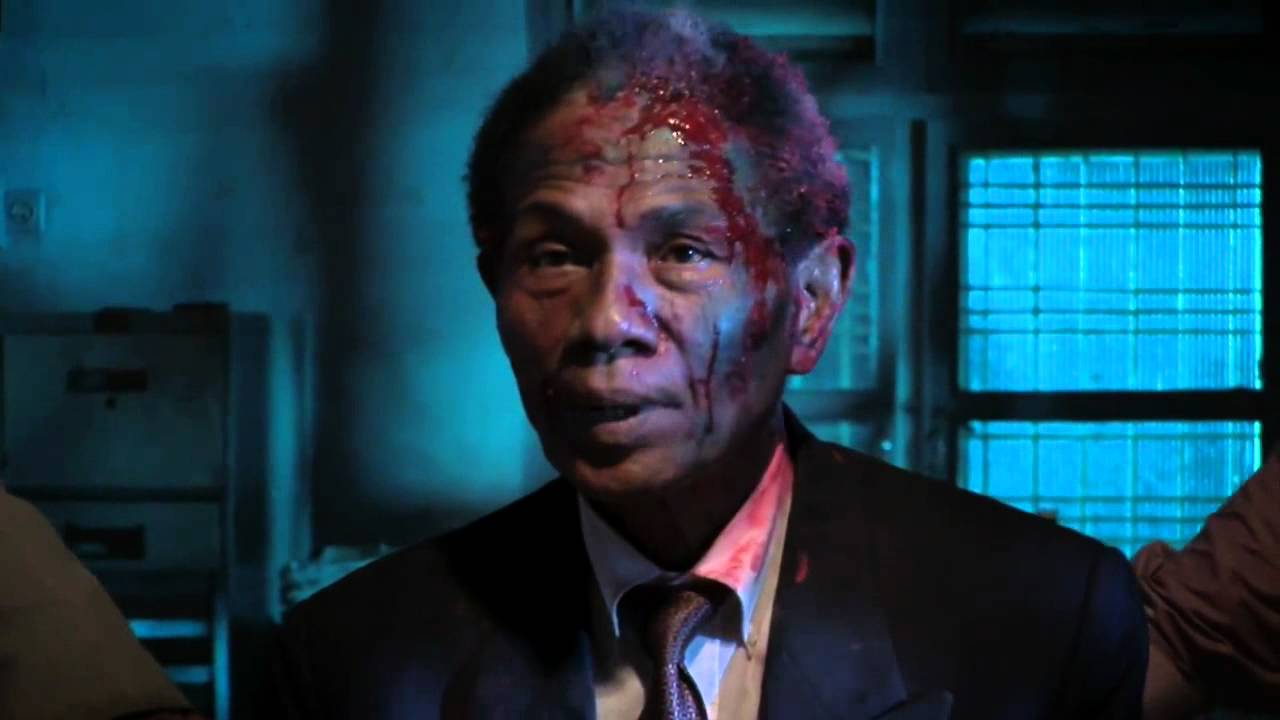
Many will argue that Joshua Oppenheimer’s critically acclaimed documentary-feature does not belong on a list such as this, and they may be correct. However, this film has arguably become infamous because of just how successful it is in achieving what it sets out to do. It’s likely to anger and sicken it’s audience, and is a terrific piece of work that is unlikely to reward a second viewing – it makes its point abundantly clear the first time.
The Act of Killing is a difficult experience to stomach. The documentary follows former leaders of an Indonesian death-squad as they reenact the atrocities they have committed in varying cinematic styles. They serve up genres, offer clear inspiration from well known characters and personalities in cinema, and become movie stars as they show the world what they have done with no remorse
. It really is a bizarre ordeal to watch these awful men reflect on their crimes with such little understanding of what they’ve done, and the impact of it all – wishing to present themselves as cool proud Pacino’s, rather than simply cold-blooded murderers.
Many involved with the production left their names anonymous because they feared revenge from the participants, further reinforcing that these people are entirely dangerous, far from the smiling and eager individuals we see playing dress-up.
Oppenheimer and his crew are able to address darkness and absence of humanity in a way that no other documentarians have ever done before – creatively and provocatively. There is no doubt that this is a stunning and important piece of work, but many audiences will wish to forget the horrible truths it exposes about our history and our tendency to deny and disregard – yet, The Act of Killing is something that cannot be forgotten once it is seen. The final moments captured are so raw and so affecting that we feel sick ourselves, shaken by our new knowledge.
7. Terrifier (Damien Leone, 2017)
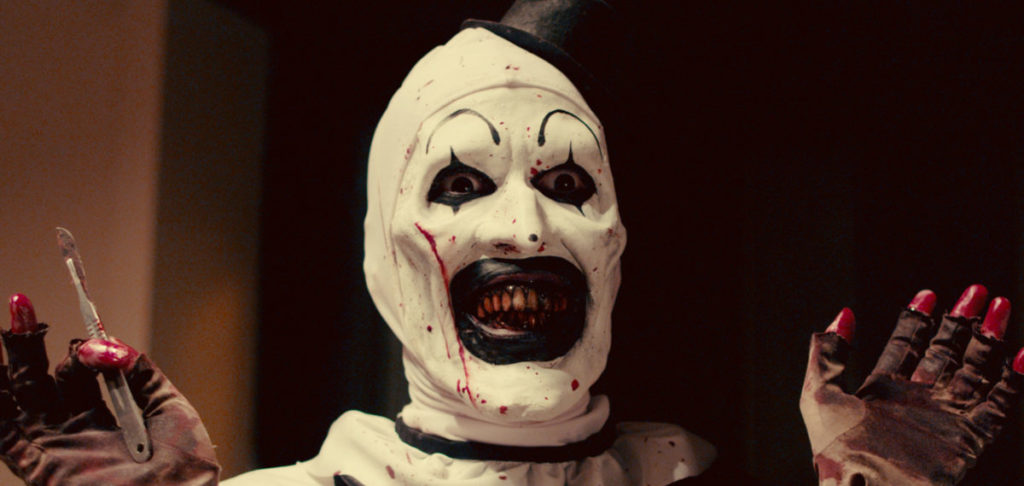
David Howard Thornton’s silent, stalking clown has given audiences something that many have recently attempted to achieve, and that is a clown antagonist that has the power to genuinely terrify – hence the name. Damien Leone’s latest film Terrifier has divided audiences, and it is easy to see why when the film establishes rules of the genre and chooses to dismiss them.
Thornton plays Art the Clown, a serial-killer who takes to the streets on Halloween night to roam under the radar; nobody is safe. His attention turns to two young women who venture into a fast-food restaurant after a heavy night of drinking.
While there, they meet Art for the second time and one of them decides to take a “selfie” with him, mocking what she believes to be an individual who is perhaps too eager to impress with his costume. After a confrontation between Art and the owner, the girls leave, only to be mercilessly preyed upon by the deranged slasher over the course of a long and frightening night.
The film is a refreshing and grindhouse-inspired throwback to eighties gore films, favouring practical effects and creative splatter. Too often modern slasher films lack an intimidating villain, making it hard for audiences to feel the fear of the characters – this is no issue for Terrifier.
Horror fans are already declaring Art the most terrifying clown in cinema history, and it would be hard to disagree. Thornton’s elaborate and thunderous facial expressions are brilliantly unsettling, and together with a nostalgic tone, his performance encourages audiences to have fun being scared – something few genre filmmakers can communicate.
While it may not be completely infamous, the film has undoubtedly managed to receive some harsh criticism in such a short time. Arguably, Leone breaks the most important and unwritten rule of the slasher sub-genre – for those who have seen it, you’ll know – and many considered this to be a lazy and spiritless attempt to progress the narrative when it appeared to have hit a dead-end.
However, there are also those who feel that it was an unexpected and wonderfully clever decision, as the director is able to manipulate audience expectations and acknowledge a possible plot-hole in many classics of the genre.
While many argue that the decision made Art less terrifying, it is reasonable to say that this example of violence makes the antagonist feel more realistic, and although this is rather contradicted in the conclusion, the scene provides a genuinely shocking moment that horror fans are likely to discuss for years to come.
6. Storytelling (Todd Solondz, 2001)
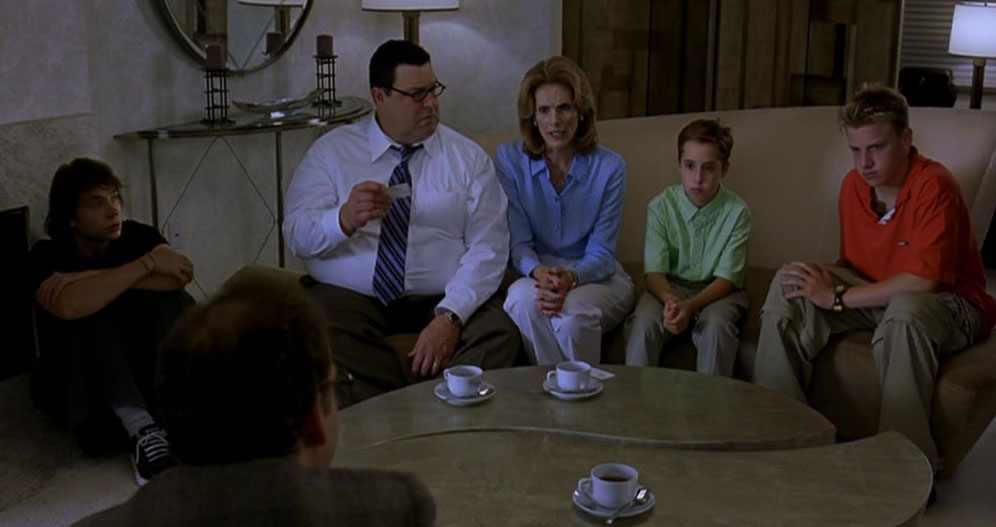
New Jersey-born filmmaker Todd Solondz has long been a satirical provocateur, skewing ideas of society and morality with an assembly of insufferable and pathetic characters. In 1998 his film Happiness shocked the world for its approach towards paedophilia, but if one looks past the controversy and simply watches the film it becomes confusingly present that it came very close to being a masterpiece.
Arguably that is as close as Solondz ever came to achieving greatness, although, Storytelling can be regarded as his second shot – it attempts to paint a similar picture of a hilarious and pitiful human race, but to less success. Not to discredit the film, there are definitely some interesting ideas explored here, and of course, these ideas angered many, to the surefire delight of Solondz most certainly.
Storytelling tells two stories, the first which discusses themes of race following a sexual encounter between a female student and an African-American teacher. The second story – which constitutes much of the film – tells the familiar tale of a dysfunctional family, tackling important issues of identity and sexuality with sinister wit. Solondz has long been confident in his filmmaking, knowing that when he offends someone he better be sure he has something urgent to say.
There are many cringe-inducing and delightfully cruel moments spread across the narrative, but each instance of such invites discussion, and almost every joke that appears sick on the surface encourages deliberation, asking us to question why the characters are behaving and speaking in such harmful ways.
Storytelling is infamous in the many ways that its creator is too, and while it is inevitable that many viewers will find his work intolerably offensive, and even infantile, others will dig deeper and begin to dissect what Solondz has to say, and when doing so it becomes evident that he has a great deal to tell us; right or wrong, his depiction of American life is unique, horrifying, and compelling, and of course one we are happy to flee when the credits roll.